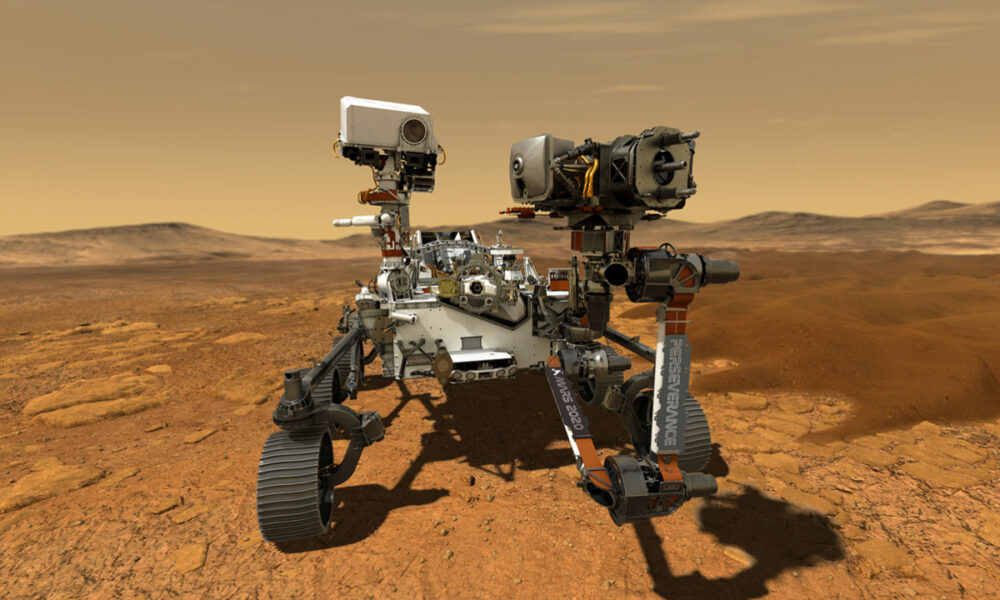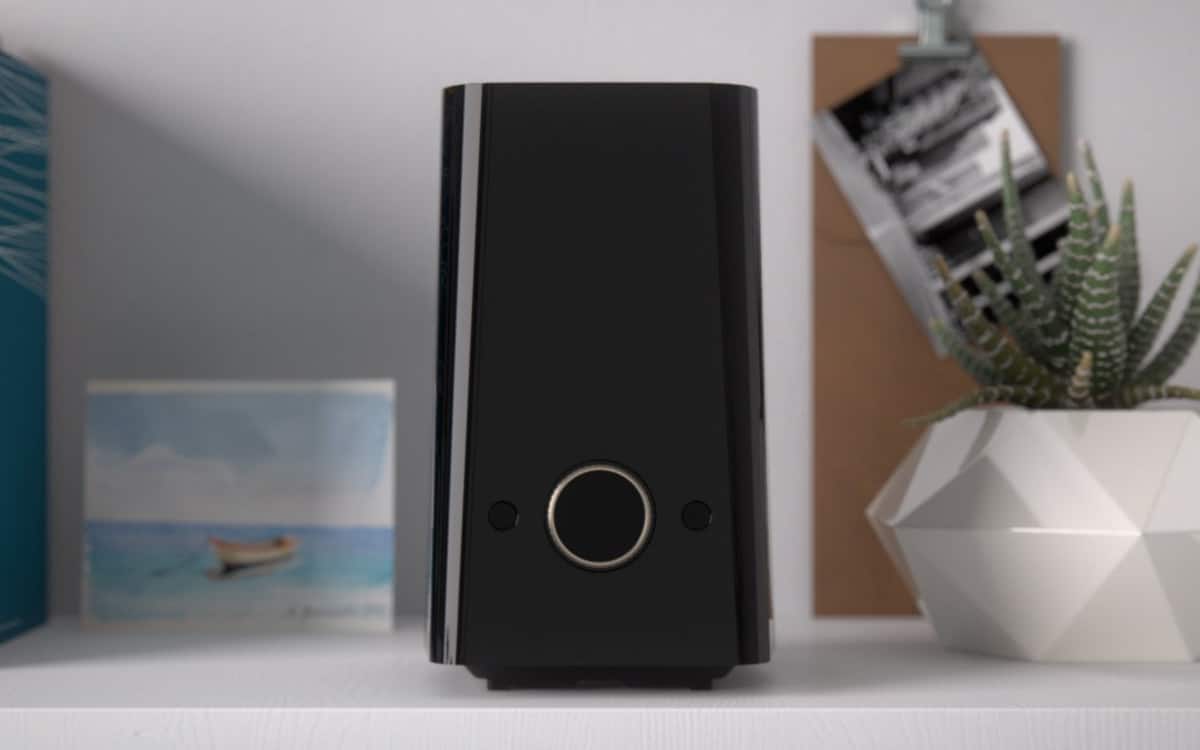
In a few weeks two years will expire of that February 19, 2021, in which telemetry and a first image confirmed that Perseverance was already on the surface of Mars, after a journey of just over nine months and around 200,000 kilometers. And even though it’s been almost two years, watching the video of Perseverance, with Ingenuity attached to it, descending to the surface of Mars still gives me goosebumps.
In this period, the laboratory and the helicopter have provided us with a lot of interesting information about the Jezero crater, its location on the red planet, but the truth is that the task of the laboratory that has aroused the most interest is to the taking of some samples that, if all goes well, will travel from Mars to our planet sometime in the next decade. The thought of these samples crossing space to reach Earth is equally impressive.
Of course, a mission of this caliber is a large engineering challenge, in which each of the parties involved must work to the millimeter well, otherwise a single failure could ruin the entire mission. Thus, although there are still a few years left before the recovery of the Perseverance samples begins, there are already many engineering teams scattered around the world working on that mission.
We already told you, last December, that Perseverance has begun to prepare the samples for the collection operation, so we could understand that the space agencies involved in the project They already have defined the way in which these will be collected. And now a video from the European Space Agency confirms this, showing an animation that recreates the operation of the robotic arm that will be in charge of taking samples of the Martian soil.
As we can see in it, the process consists of two phases. In the first, the sample is taken from the ground in the central part and is then taken to a support in the warehouse with the container. Then the arm goes on to take the sample from its upper end and, then yes, it will be introduced into the container specially designed to house the samples in the Mars Ascent Vehicle.
ESA and NASA they are considering launching in 2027 for the Earth Return Orbiter and the 2028 launch of the Sample Retrieval Lander. After the Mars Ascent Vehicle rendezvous with the Earth Return Orbiter, the two space agencies hope to have the samples back on Earth in 2033 for further analysis.



